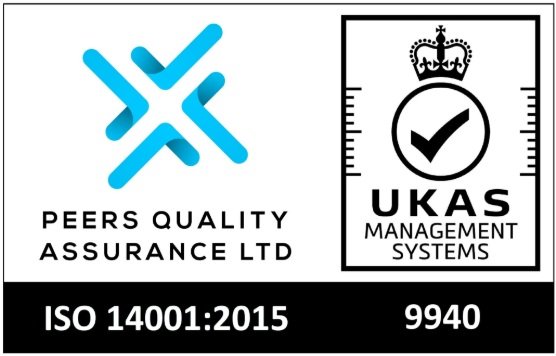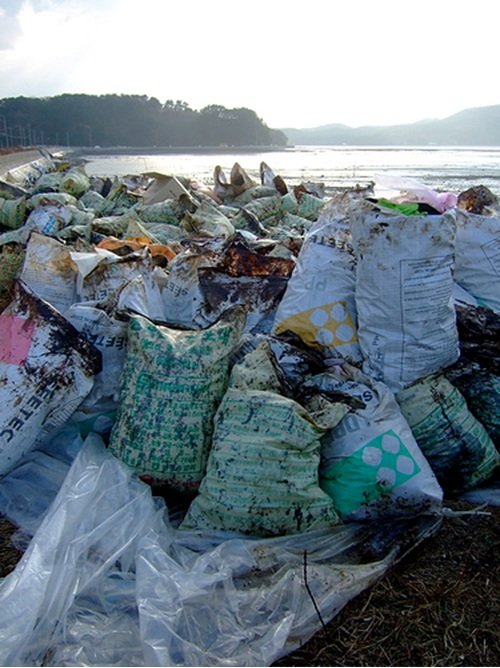ENVIRONMENTAL MANAGEMENT SYSTEM ISO 14001 AWARENESS

Environmental Overview

What Is the Environment?
The environment exists at multiple levels, and our actions affect each level:
1. Personal Environment
Your immediate surroundings: home, desk, office.
You can often control aspects like lighting, temperature, and cleanliness.
In shared spaces like offices, your actions (e.g., waste disposal, heating) can impact others.
2. Local Environment
Includes personal and shared spaces in a community or town.
Local activities influence one another, creating both internal and external impacts.
Companies typically affect or influence their local environments directly.
3. National Environment
Encompasses a country's land, air, and coastal waters.
Local actions scale up to impact the national environment.
Governed by national laws and regulations (e.g., pollution limits, recycling targets).
4. Global Environment
Environmental impacts transcend borders—no country operates in isolation.
National issues contribute to global problems like climate change.
What Is ISO 14001?
ISO 14001 is an international standard that defines a framework for an Environmental Management System (EMS). It helps organizations manage environmental impacts systematically.
Aligns with ISO 9001 for consistency.
Focuses on continual improvement, legal compliance, and operational control.
Can be used for certification by third-party auditors.
Key Elements of an Environmental Management System (EMS):
Environmental Policy – A public declaration of commitment to environmental goals.
Planning – Identify and analyse environmental impacts.
Implementation & Operation – Execute procedures to meet environmental objectives.
Checking & Corrective Action – Monitor performance and address non-conformities.
Management Review – Senior management reviews EMS performance.
Continual Improvement – Ongoing updates and enhancements.
Steps to ISO 14001 Certification:
Gap Analysis – Identify what needs to change.
Initial Implementation – Develop strategy, train staff, align documents.
Internal Audits – Test the system before external assessment.
Registration – An accredited body certifies your EMS.
Ongoing Implementation – Maintain and improve the EMS continually.
Benefits of ISO 14001 and EMS Implementation
Operational:
Increased efficiency and cost savings.
Reduced pollution and waste.
Easier regulatory compliance.
Environmental:
Conserves resources (energy, water, etc.).
Reduces emissions and waste.
Supports sustainability goals.
Marketing:
Improves brand image and customer trust.
Opens doors to eco-conscious markets.
Meets procurement standards.
Financial:
Lower insurance costs and legal risks.
Improved investor confidence.
Access to green funding opportunities.
Third-party Certification:
Independent verification increases credibility.
Enhances relationships with regulators.
Reduces need for multiple inspections.
